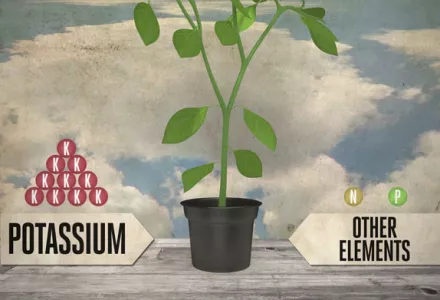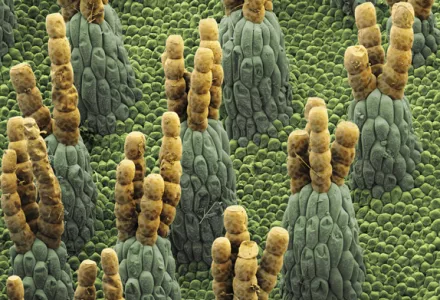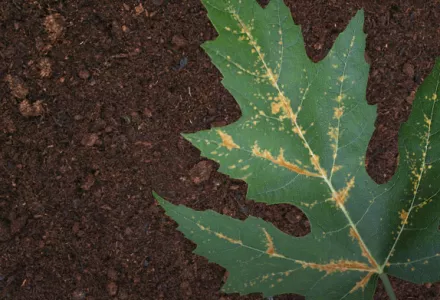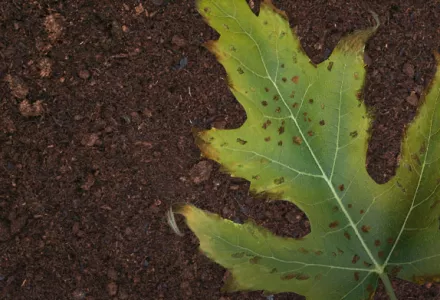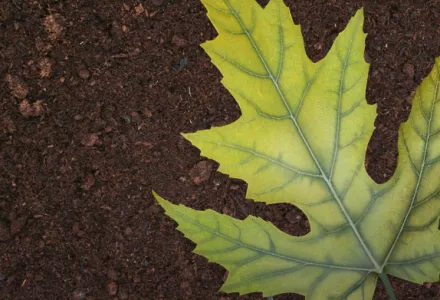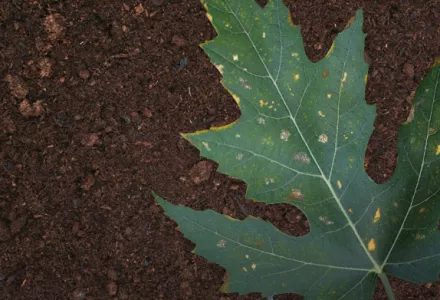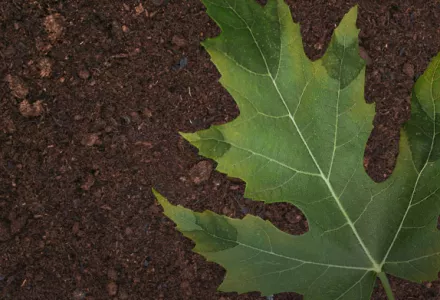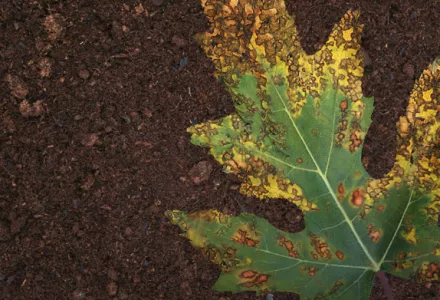Do your plants leafs’ turn yellow, purple, show signs of necrosis, grey edges, brown spots, get curly or even fall off? Act now, save your harvest! We’ll help you getting there. During the growing cycle numerous problems can occur, all with their own specific cause. Finding the right one is the challenge! This time we’ll shed a light on Nitrogen deficiency.
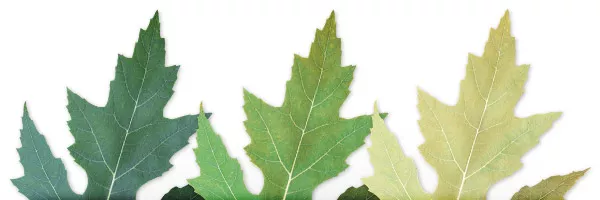
Nitrogen (N) is one of the crucial necessities a plant needs. It is an important part of proteins, chlorophyll (leaf green), vitamins, hormones and DNA. Because it is a component of enzymes, nitrogen is involved in all enzyme reactions and plays an active role in the plant’s metabolism.
Nitrogen is mainly absorbed by the plant in the form of nitrate (NO3-) and ammonium (NH4+). Nitrogen can also be absorbed through small organic molecules. It is important that the balance between nitrate and ammonium is correct in the feeding otherwise the pH in the rhizosphere (the environment immediately surrounding the roots) will become too high or too low. Plants with nitrate as their source of nitrogen have a higher organic acid content. This has an influence on the taste and preservation of the crop.
Nitrate is converted into ammonium in the plant by the nitroreductase enzyme. Ammonium is then assimilated into organic molecules. Nitrogen has a positive influence on the plant’s growth. The plant gets bigger leaves, more branches and the vegetative period is extended. This phenomenon is often used in practice by reducing the nitrogen dosage during cultivation, which causes the plants to flower earlier. Earlier flowering is a consequence of increased production of abscisic acid, a plant hormone.
Deficiency stages
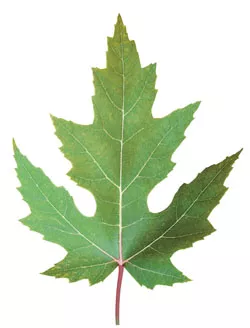
When a Nitrogen shortage is the case you will find your plant going through the next cycle:
- Stalks on larger leafs in the lower parts of the plant turn purple, quickly followed by larger leafs in the middle and top parts of the plant.
- The plant turns a lighter color as a whole.
- Larger leafs in the lower part of the plant turn pale green. The leaf’s stalk of the smaller leafs now also turn purple. Typical vertical purple stripes appear in the stem.
- Leafs in the lower part of the plant turn more yellow and then become white. Finally, the leafs whither and fall off.
- The growth is visibly inhibited giving shorter plants, thinner stems, less- and smaller leafs.
- Further yellowing and whitening occurs in the top and middle parts of the plant.
- Leafs on growing points remain green longer but they are a lot less green opposite to normal nitrogen levels.
- Forced flowering will start and there’s substantial leaf loss.
- Substantial reduction in yield.
Development of a deficiency
Nitrogen deficiency slows down protein synthesis which prevents the plant from performing optimally. In order to continue to meet its nitrogen requirements the plant breaks down its own proteins. This breakdown produces a carbohydrate surplus which causes leaf stalks and the stem to turn purple. The chlorophyll is also broken down eventually which leads to the typical bleached green to white-yellow leaf color and finally the leaves wither and fall off.
Reasons for a deficiency
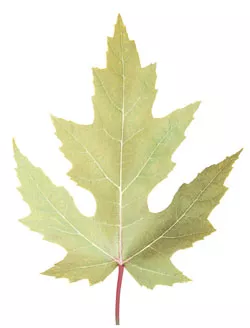
Mild forms of nitrogen deficiency can occur during fast growth under full light. Due to the increased rate of photosynthesis and the formation of new cells, the demand for nitrogen at this time is more than the roots can provide. The nitrogen deficiency is generally corrected when growth stagnates. Nitrogen deficiency can also be caused by incorrect feeding, mostly when giving feeding that contains insufficient nutrient elements. This could be the case when using a nutrient developed for a certain type of substrate but applying it to another one.
Certain diseases that affect the plant’s transport system, such as Fusarium, can cause nitrogen deficiency symptoms to arise. These are however, accompanied by the base of the stalk becoming woody and rotting and by roots turning brown. Substrates that contain a lot of fresh organic material can cause nitrogen deficiency because microorganisms bind the nitrogen. A lot of nitrogen can be bound, particularly in the first weeks; this is released later but it is generally too late.
Resolve a deficiency
- Go to your local gardening shop for expert advice. They have the right products available. A correctly composed fertilizer contains sufficient nitrogen;
- Raise the EC of the feeding and rinse the substrate well with it;
- Add nitrogen yourself by using urea, blood meal, semi-liquid manure or by using a special “mono nitrogen” product. Fertilizers containing nitrate rise the pH at the roots, fertilizers containing ammonium lower the pH;
- Because both the roots and leafs absorb nitrogen, it is recommended to add nitrogen to the feeding and that a diluted nitrogen solution is used for spraying the leafs. Spray the backside of the leaves in particular because that is where the ‘stomata’, through which nitrogen can be absorbed, are located. Spray at the end of the day just before lamps are turned off. Be careful not to cause burning;
- Treat deficiencies as quickly as possible.


